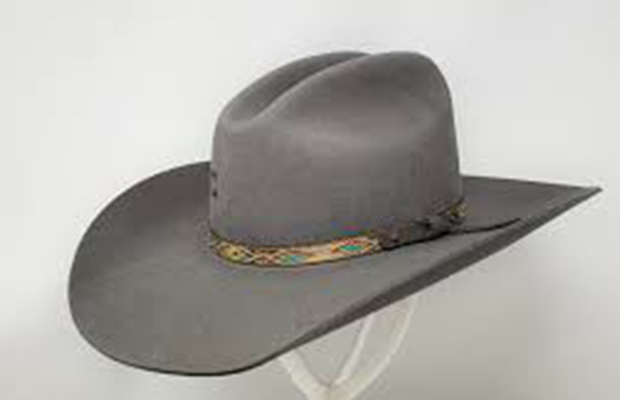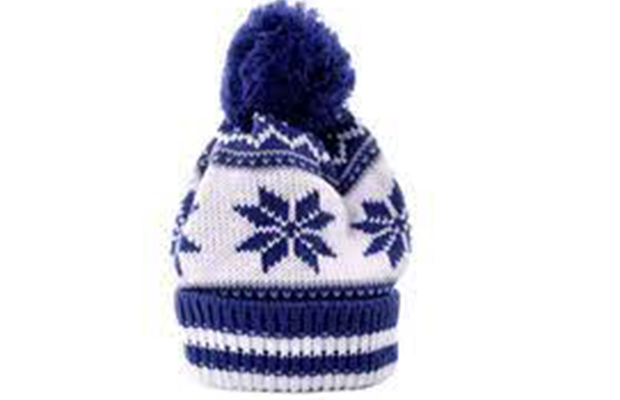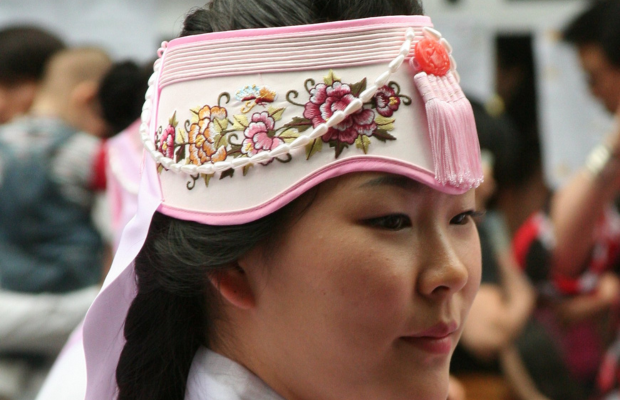Taqiyah Style for Wearing and Pairing this Traditional Cap
1. Understanding the Taqiyah:
The Taqiyah style hat is a traditional round fabric cap by Muslim men as a symbol of modesty and humility. It holds significant cultural and religious importance, serving as an integral part of Islamic attire.
2. Traditional Wearing style:
The Taqiyah is typically worn snugly on the head, covering the crown with a flat or slightly domed shape. It is often worn alone or underneath other headwear, such as a Kufi or a turban, depending on regional and cultural preferences.
3. Pairing with Attire:
When pairing the Taqiyah with attire, consider the occasion and cultural context. For casual or everyday wear, it can be pairwith traditional Islamic garments such as thobes or dishdashas. For formal occasions or religious gatherings, consider coordinating it with a tailored suit or traditional Islamic attire.
4. Color and Fabric Selection:
Taqiyahs come in a variety of colors and fabrics, allowing for personal style expression. For neutral colors like black, white, or beige for versatility, or choose vibrant hues for a pop of color. Traditional fabrics include cotton, wool, or knit materials, each offering unique texture and comfort.
5. Accessorizing Options:
Enhance your Taqiyah style with complementary accessories such as prayer beads (tasbih), scarves, or embellished pins. These accessories not only add visual interest but also serve as expressions of personal faith and cultural identity.
6. Cultural Significance:
Beyond its aesthetic appeal, the Taqiyah carries deep cultural significance within the Muslim community. Wearing the Taqiyah symbolizes adherence to Islamic values of humility, modesty, and respect for tradition.
7. Explore Taqiyah Styles at Kilt Master:
If you’re interested in exploring Taqiyah style cap and embracing cultural headwear, visit Kilt Master today. Discover a diverse range of Taqiyah caps, along with Scottish hats and caps, to enrich your cultural wardrobe and celebrate traditions worldwide.






